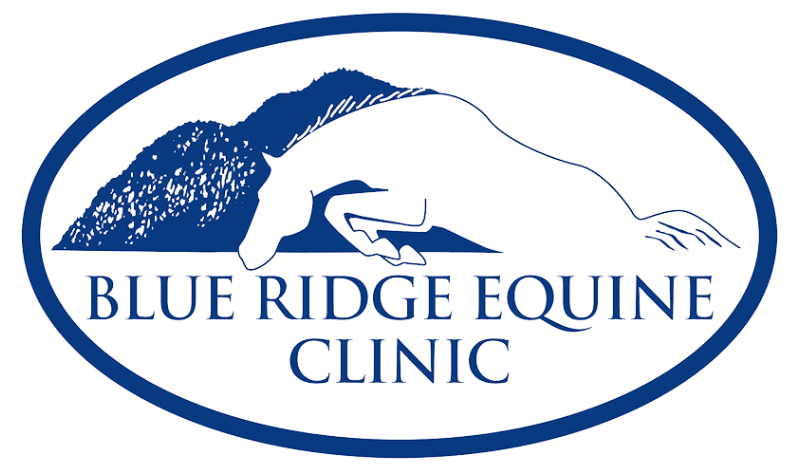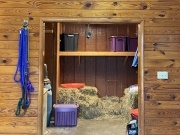What is grain overload?
So what happens when horses eat too much?
When you overeat, you generally feel bloated, uncomfortable, and your stomach starts to ache right? The same goes for horses. When they eat too much (especially if it is something they should not be eating) they experience the same thing, digestive upset, abdominal pain (colic), and diarrhea. However, with horses, this can become life-threatening.
Horses were not mechanically designed to handle abdominal pain since physiologically the food they ingest goes on a one-way trip, so when they overeat, the most common response is colic.
The most common signs of colic are pawing repeatedly with a front foot, looking back at the flank region, curling the upper lip and arching the neck, repeatedly raising a rear leg or kicking at the abdomen, lying down, rolling from side to side, sweating, stretching out as if to urinate, straining to defecate, distention of the abdomen, loss of appetite, depression, and a decreased number of bowel movements. It is uncommon for a horse with colic to exhibit all of these signs. Although these signs are reliable indicators of abdominal pain, they do not indicate which portion of the digestive system is affected.
Laminitis is also a common cause of overfeeding or an excessive amount of lush forage.
Laminitis results from the disruption (constant, intermittent or short-term) of blood flow to the sensitive and insensitive laminae. These laminae structures within the foot secure the coffin bone (the wedge-shaped bone within the foot) to the hoof wall. Inflammation often permanently weakens the laminae and interferes with the wall/bone bond. In severe cases, the bone and the hoof wall can separate. In these situations, the coffin bone may rotate within the foot, be displaced downward (“sink”) and eventually penetrate the sole. Laminitis can affect one or all feet, but it is most often seen in the front feet concurrently.
The terms “laminitis” and “founder” are used interchangeably. However, founder usually refers to a chronic (long-term) condition associated with rotation of the coffin bone, whereas acute laminitis refers to symptoms associated with a sudden initial attack, including pain and inflammation of the laminae.
For more information on Laminitis click here
Temperature (99-101°F is a normal temp range) – Diarrhea
Healthy gums are pink and moist (Purple gums are a sign of endotoxemia) – Laminitis( Signs of founder include: increased digital pulse in feet, rocking back on the hind end, reluctant to move, sore on feet)
Treatment for grain overload may include:
- Dietary restrictions
- Laxatives
- Mineral Oil
- Fluids
- Anti-inflammatories

